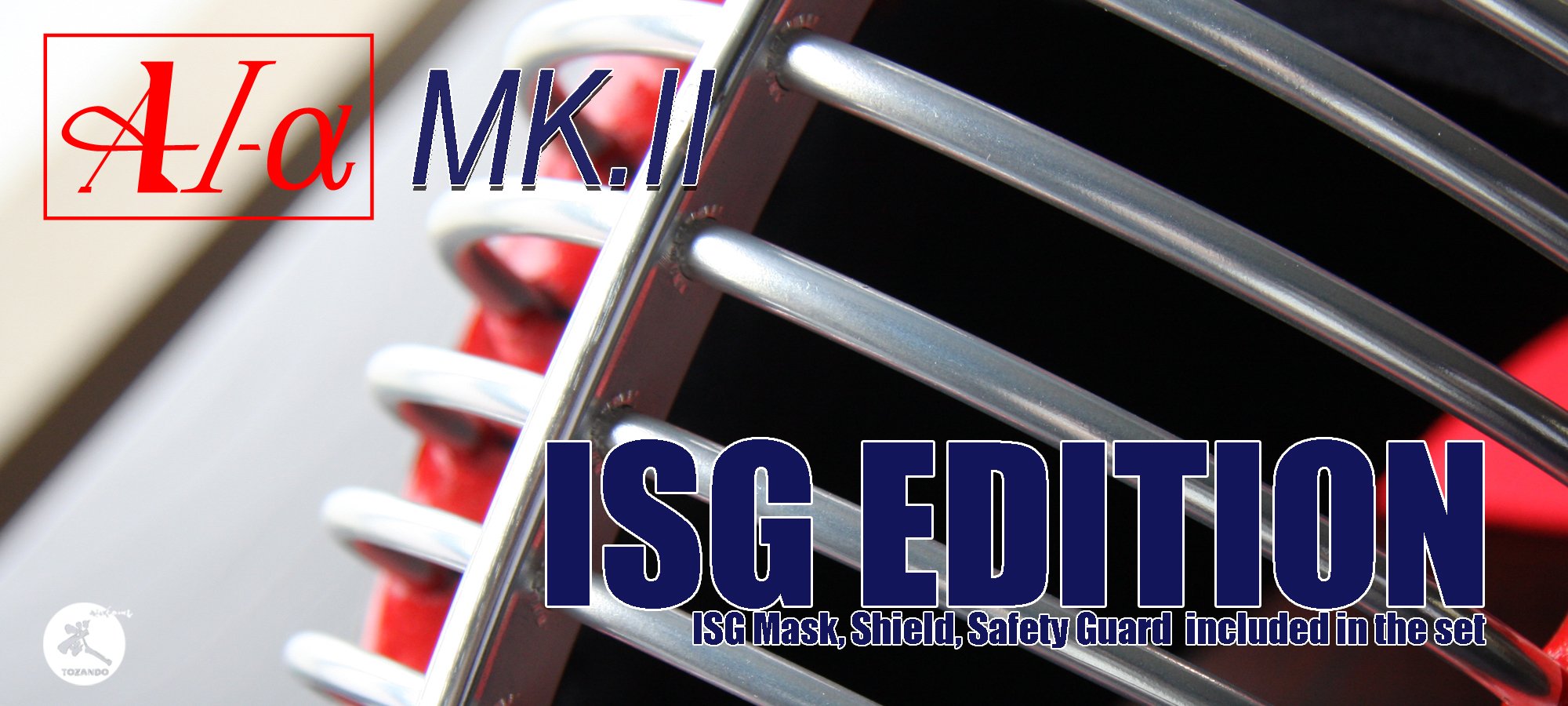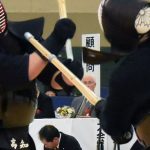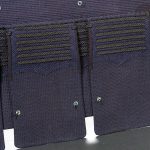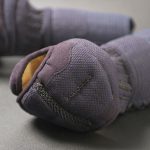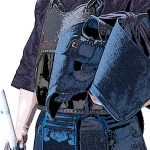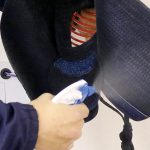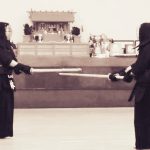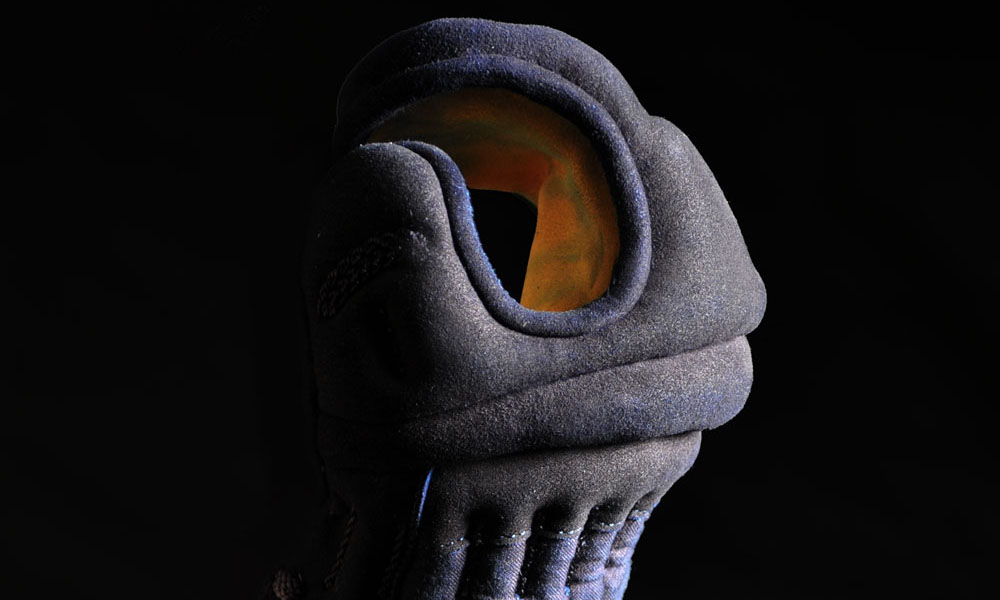
Can you repair a Kote by yourself?
Generally speaking in terms of Bogu, it’s said that by the time your Do has reached the end of its life-time, you will have gone through two Men, and three pairs of Kote. That shows how fast a pair of Kote can be expended and thus has to be repaired or exchanged much more often compared to other parts of your Bogu.
The part of the Kote that most often need to be repaired is the palm leather, since small and large holes tend to open up rather often. If the hole is small, and you have the right tools, you can probably repair it by yourself. For example, you can use the Tsukagawa of a Shinai that you no longer use, simply cut it into a piece that is slightly larger than the hole on your Kote palm leather and use some glue on the edges on the Tsukagawa patch to attach it to the palm leather and cover the hole.
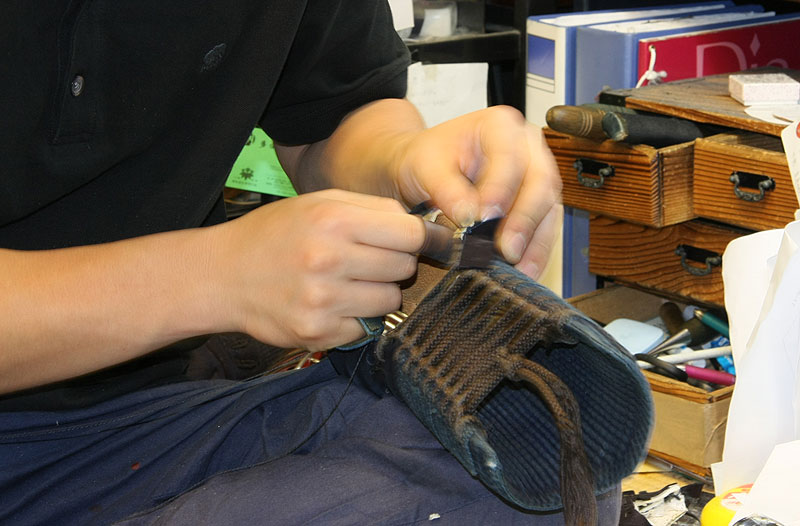
However, beware of using too much glue to attach the patch, as it might cause the flexibility of the palm leather to lessen as the glue hardens, so you need to be careful of using too much glue when doing this. If the Namako on your Kote tears up and the padding comes out, it’s not like you can’t repair this kind of damage yourself either, but if the hole is rather large, you should leave it to a professional Bogu craftsman rather than attempting to repair it by yourself.
Even for small holes in the palm leather, it would actually be better to leave it to the professionals. The reason for this is that if the repair is made poorly, it might make it impossible to do any further repair to the palm leather, even with the skill of a proper Bogu craftsman. A poor repair might make it harder for the craftsman to pass the needle through the leather or perhaps when removing the former patch it will result in the hole becoming even larger.

If you are someone who have great confidence in your repair skills, and want to do it yourself no matter what, please note that there are special needles that are used when you stitch leather that will improve the end result. Using a specialized needle will also make it easier to stitch and put less burden on the palm leather, so we recommend that you try to find it in your local hobby store of leather crafts store.
Why is the Kendo Kote structured like a mitten and why doesn’t it have separate fingers?
In Naginata, you use a Kote where you have three separated “fingers”. It’s like a Kendo Kote, just that the index finger is also separated, making it easier to grip and manipulate a longer weapon, such as a Naginata. However compared to Naginata where offensive and defensive techniques tends to be executed at a longer range, Kendo also includes Taiatari and Tsuba-zuri, moves where there is more chances to come into close quarter combat with your opponent.
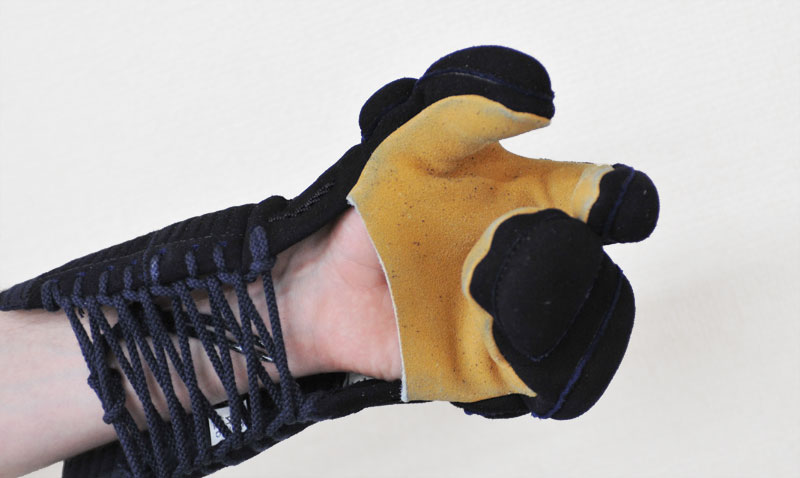
Because of this, if the fingers of the Kote were to be separated, there is more chances for accidental eye pokes and finger injuries. Although Kote with five separate fingers exists, they never really became very popular in Japan, due to the very simple reason that they didn’t provide enough protection for your fingers.
Not only was your right hand index finger extra vulnerable to hits when gripping your Shinai, but if a hit landed badly on a single finger, it could also result in broken bones. Perhaps the predecessors of Kendo foresaw this problem and made the Kote in to the shape we know today to prevent injury.
What is the ideal shape to keep my Kote in?
We often see Kote where the Kote Himo has been tightened at the area closest to the wrist, but gets looser as it get closer to your arm, creating a cone shape, if you get hit in the wrist area while wearing your Kote like this, I bet it will hurt quite a bit. If there is little space between your Kote and your skin, the impact will be directly transmitted through the Kote and it will hurt.
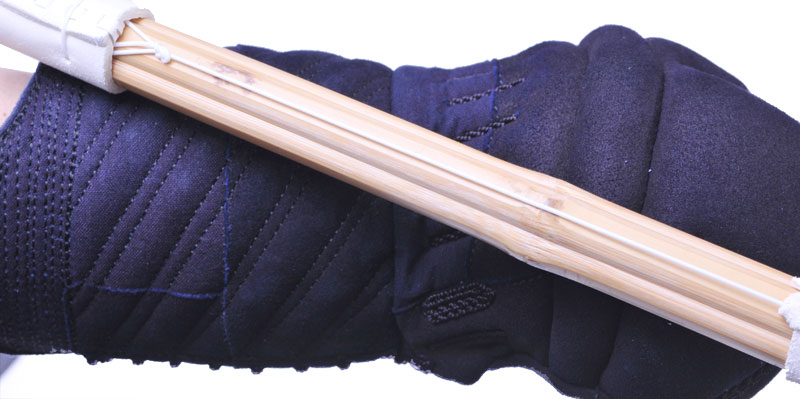
So it’s ideal to tie the Kote Himo in such a way so that you can easily put your hand into it while keeping some space around your arm by keeping the Kote Futon formed as cylindrical as possible. If your Kote Futon gets wider towards the arm, not only will you have less protection at the wrist area, but it will also affect your technique and it also subjects certain parts of your Kote more, increasing the chance that your Kote will be damaged more easily.



